pp FILM Unveiling the Potential of PP Film in Tableware Packaging
2 week agoUnveiling the Potential of PP Film in Tableware Packaging
Polypropylene (PP) film, particularly in its milky white transparent variant, has emerged as a versatile and practical material in the packaging industry. Known for its unique blend of properties, this thermoplastic film is increasingly utilized in blister packaging for tableware, such as forks, spoons, knives, and trays.
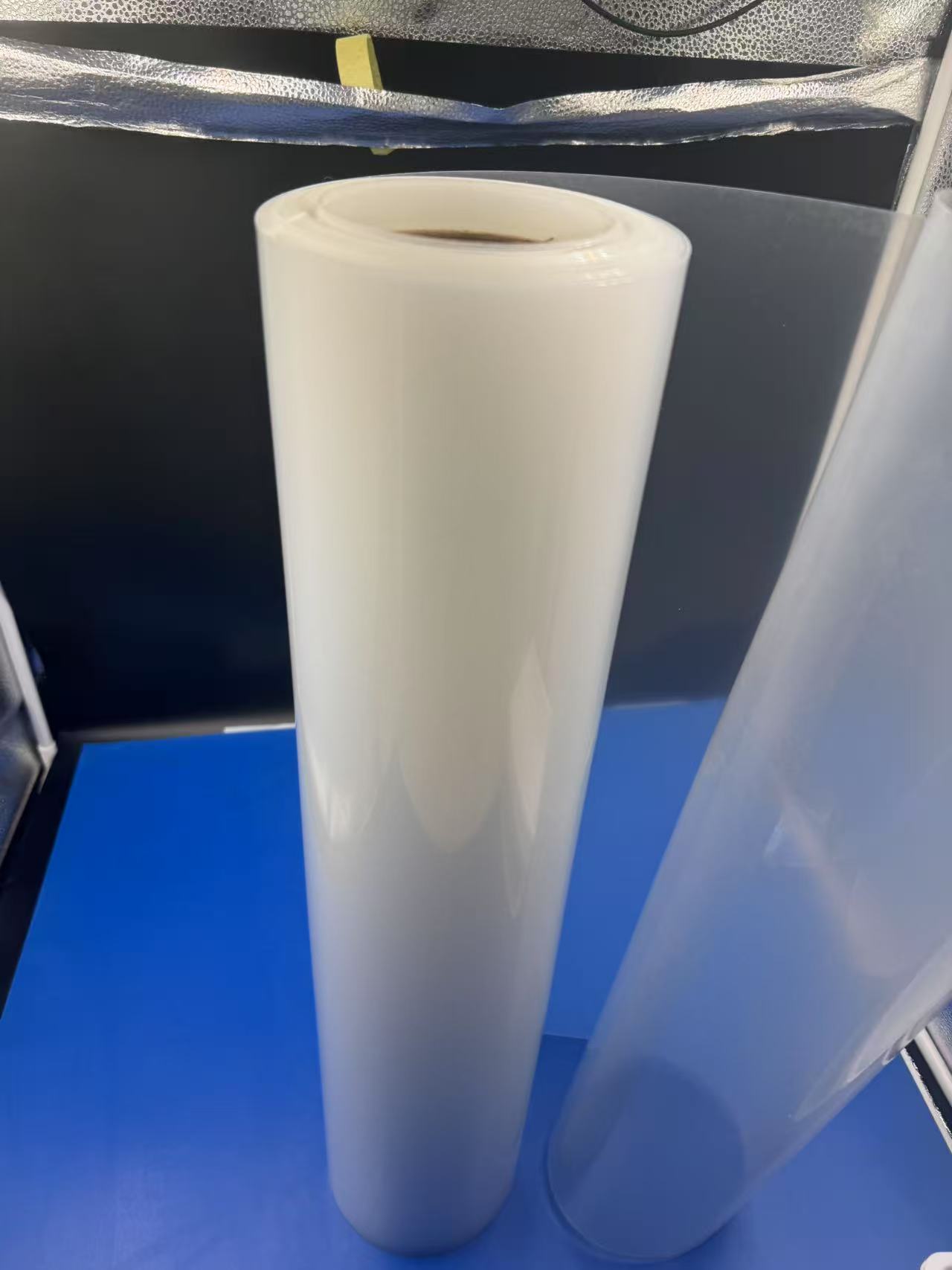
Key Properties of Milky White Transparent PP Film
PP film stands out due to its distinct physical, chemical, and processing attributes, which make it suitable for a wide range of packaging needs. The milky white transparent version, in particular, offers a subtle translucency that differentiates it from fully clear or opaque alternatives. Below are the core properties that define its utility.
Subtle Translucency
Unlike fully transparent films like PET, milky white PP film provides a soft, diffused transparency that obscures fine details while still allowing light to pass through.
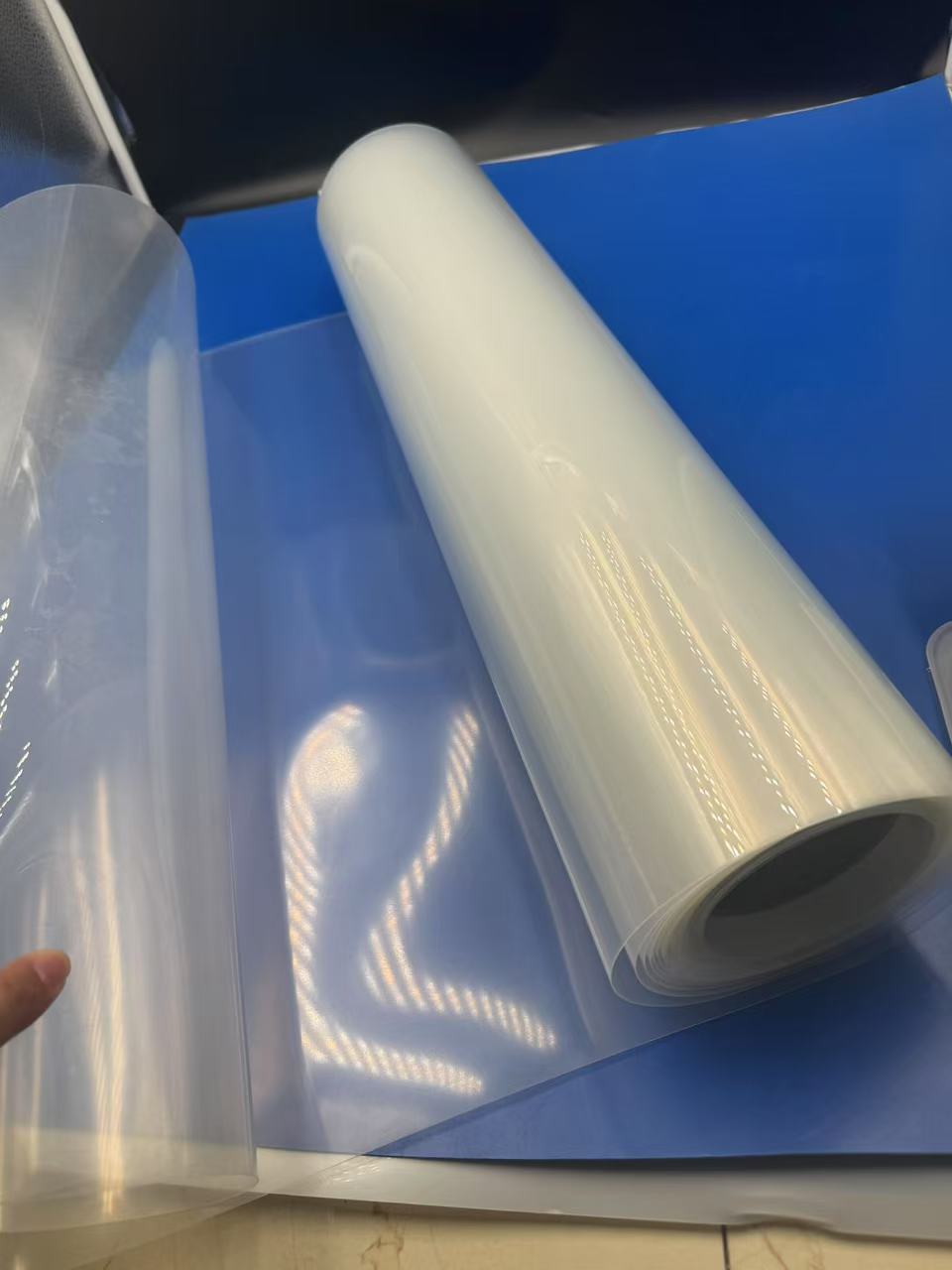
Flexibility and Toughness
PP film is renowned for its flexibility combined with excellent tear resistance. This toughness ensures that the film can endure stretching and bending during the packaging process and handling afterward. Imagine a blister pack of disposable knives being tossed into a shopping cart—PP film’s resilience prevents it from splitting or puncturing, keeping the contents secure.
Heat Resistance and Formability
With a melting point typically ranging from 130°C to 171°C, PP film exhibits good heat resistance, making it ideal for thermoforming in blister packaging. It softens under controlled heat, allowing it to be molded into precise shapes that snugly fit tableware items. This property ensures that a tray of plastic cups, for example, can be encased in a PP film blister pack with cavities tailored to each cup’s contours.
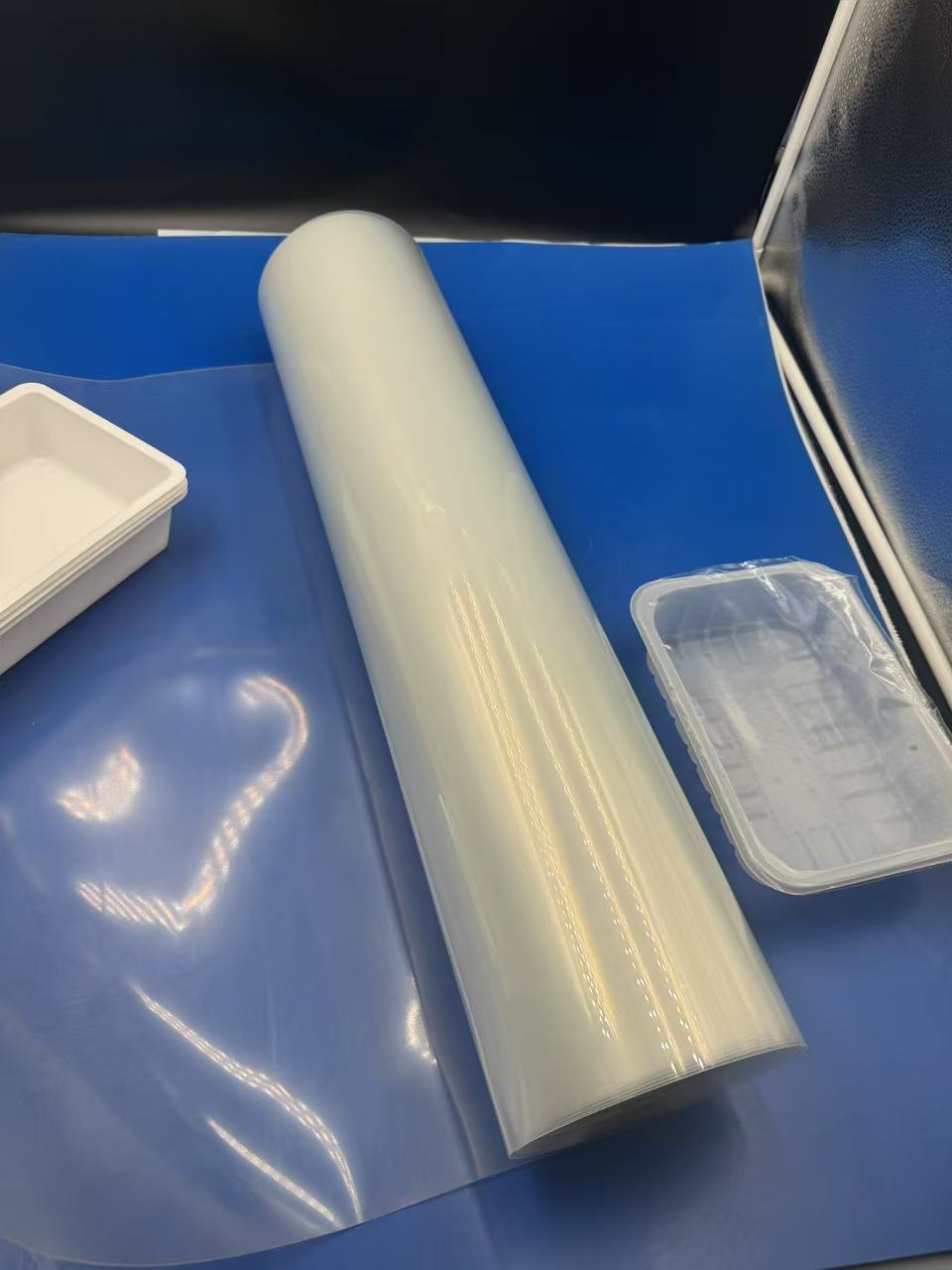
Moisture and Chemical Resistance
PP film is naturally resistant to moisture, grease, and many chemicals, providing a protective barrier for tableware. This is particularly valuable in environments where packaging might encounter water splashes or oily residues, such as in a kitchen goods aisle. A blister pack of forks wrapped in PP film, for instance, remains unaffected by a nearby spill, preserving the hygiene and appeal of the product.
Lightweight and Cost-Effective
PP film is lighter than many competing materials, such as PVC or thicker PET films, which reduces shipping costs and material usage. Its affordability also makes it an attractive option for mass production of tableware packaging. For manufacturers producing thousands of disposable plates, PP film offers an economical yet reliable solution without compromising quality.
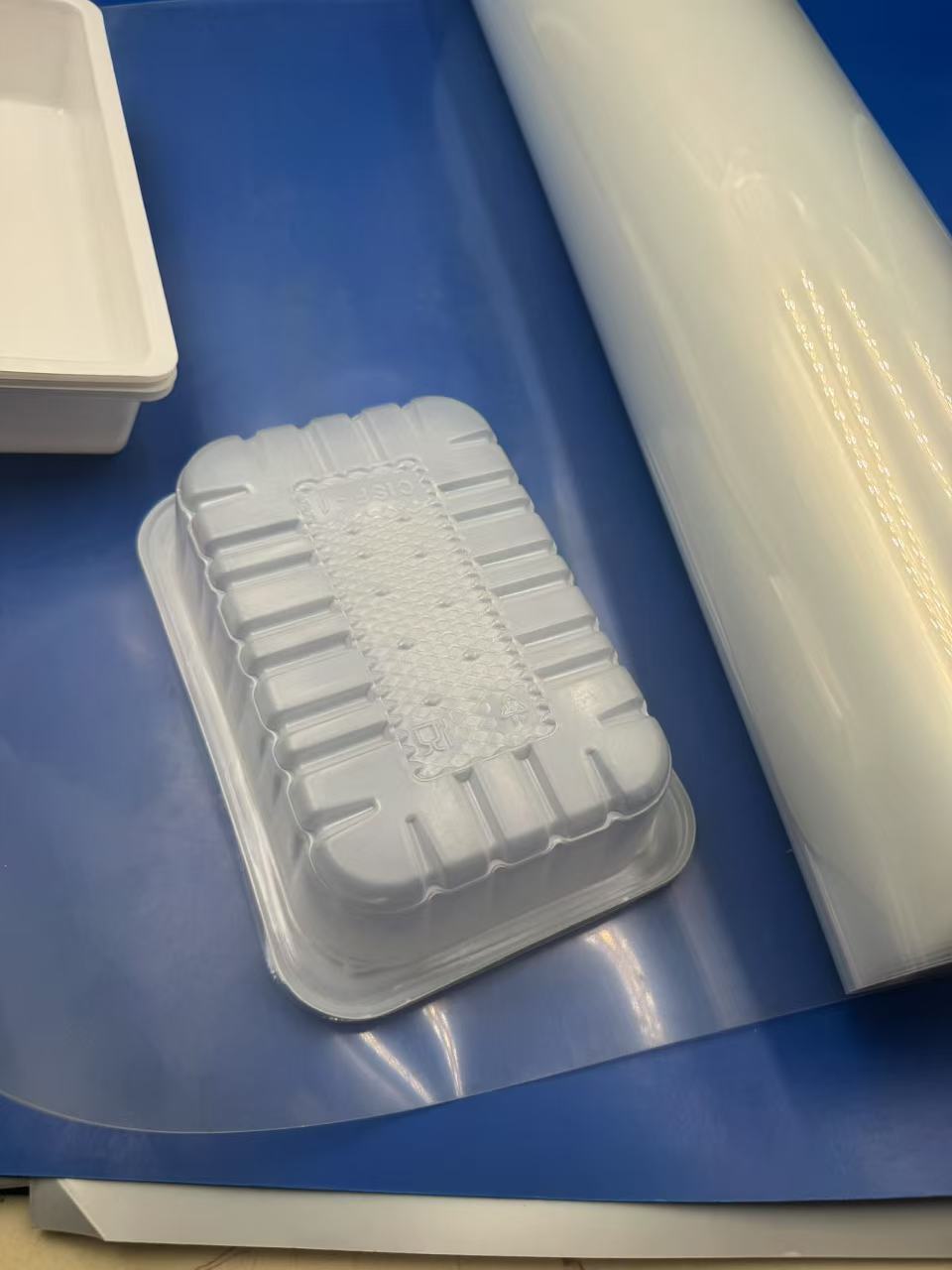
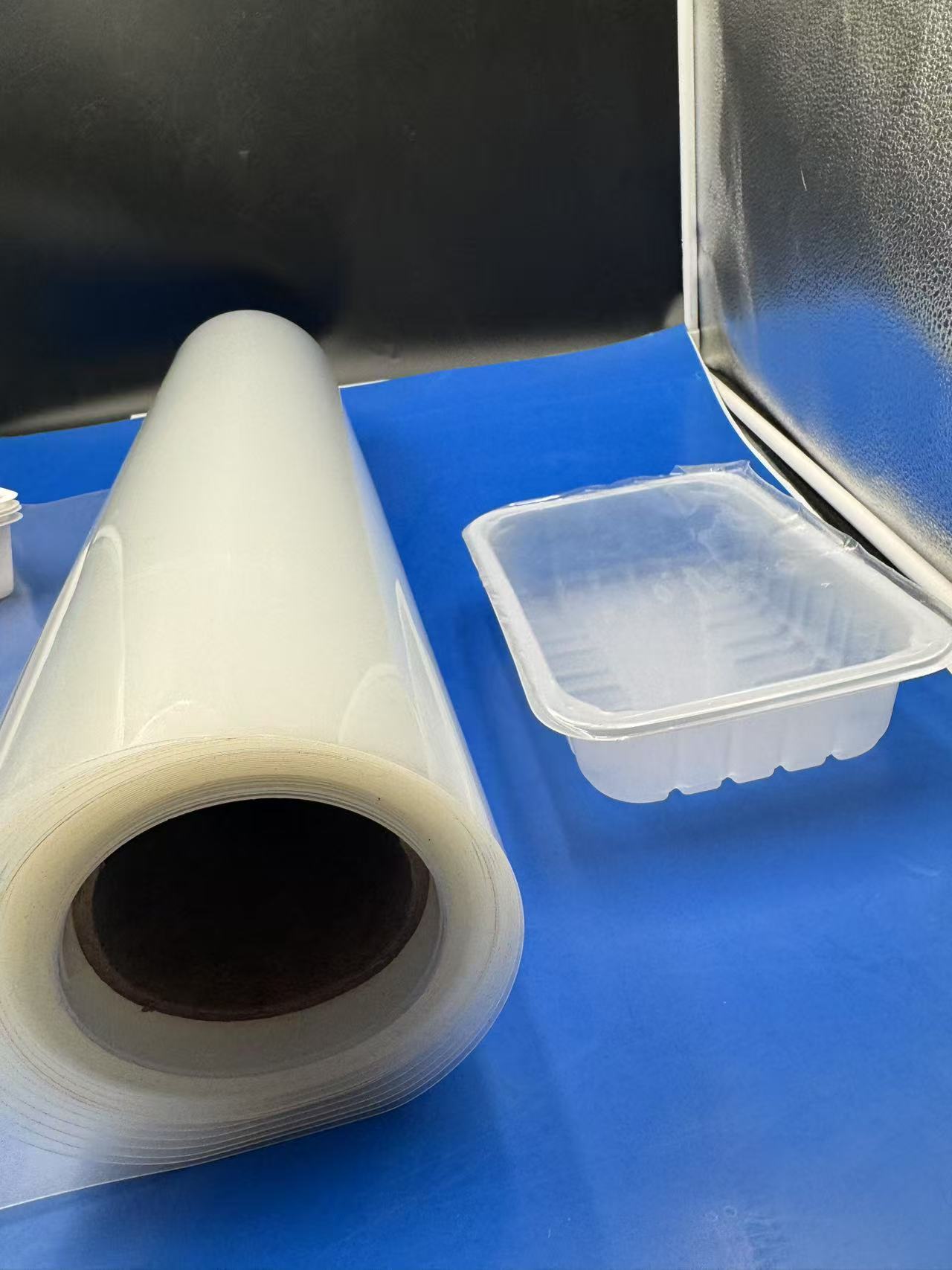
1. Thermoforming for Custom Fit
The blister packaging process relies heavily on thermoforming, where PP film is heated and shaped into cavities that house tableware. Its heat resistance and formability allow for smooth molding, creating packs that securely hold items in place. Picture a set of reusable plastic spoons packaged for a camping kit—the PP film forms a blister pack with individual slots, ensuring each spoon stays put during transit or outdoor use.
This precision is especially useful for irregularly shaped tableware. A manufacturer might use PP film to encase a stack of nested bowls, where the film’s flexibility accommodates the curves and edges, resulting in a snug, protective fit.
2. Protection with a Soft Aesthetic
The toughness and moisture resistance of PP film make it an excellent shield for tableware during storage, shipping, and retail display. Its milky white translucency adds a layer of sophistication, softening the appearance of the contents. For example, a blister pack of disposable forks in a grocery store might catch a shopper’s eye with its clean,
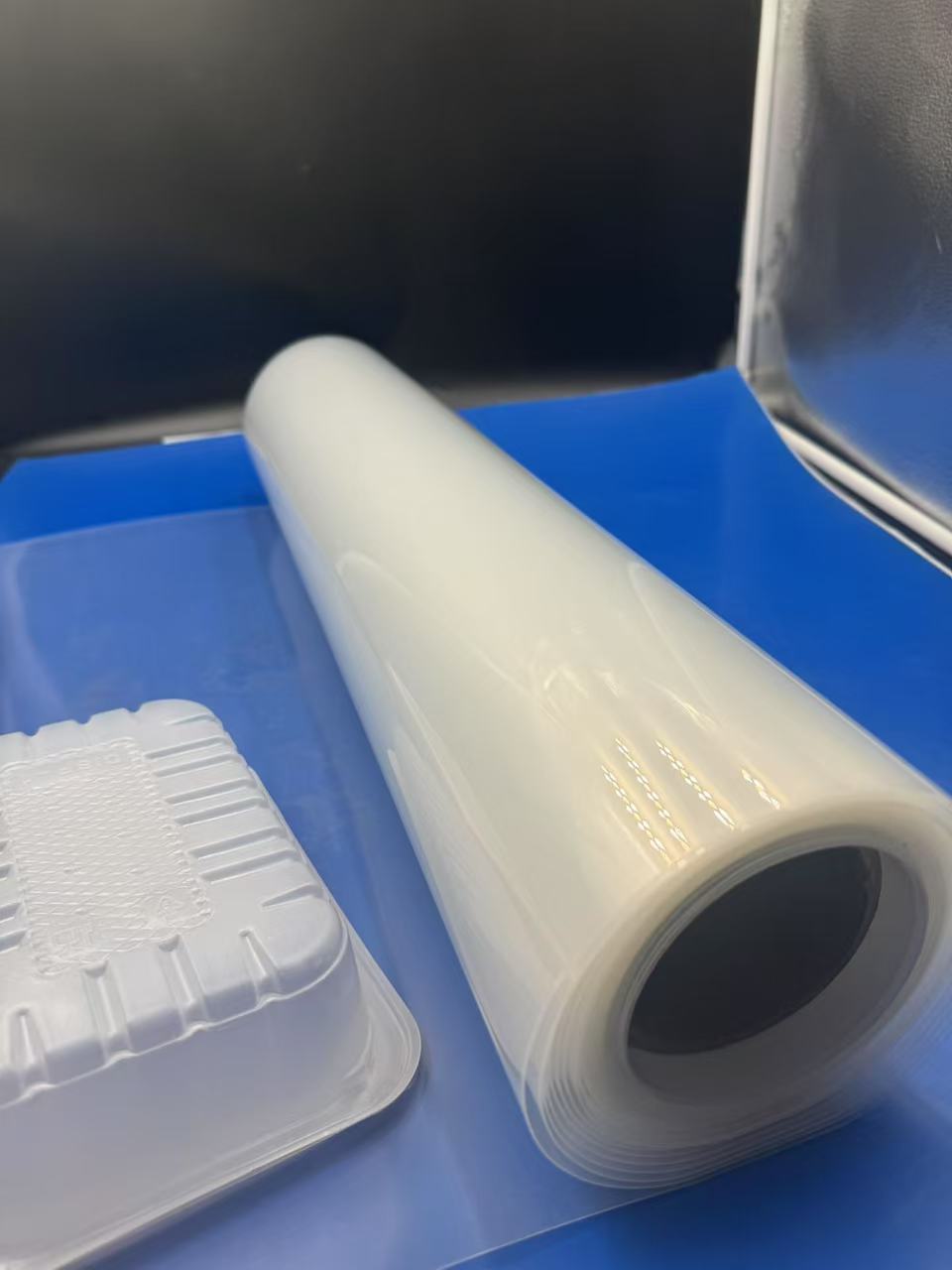
3. Balancing Visibility and Privacy
While fully transparent films showcase every detail, PP film’s milky white finish strikes a middle ground—offering visibility while maintaining a degree of subtlety. This is ideal for tableware where branding or hygiene is prioritized over intricate design exposure. Consider a pack of biodegradable knives in a PP film blister: the translucency hints at the eco-friendly material, but the milky hue keeps the focus on the pack’s sleek, minimalist presentation rather than minor surface variations.
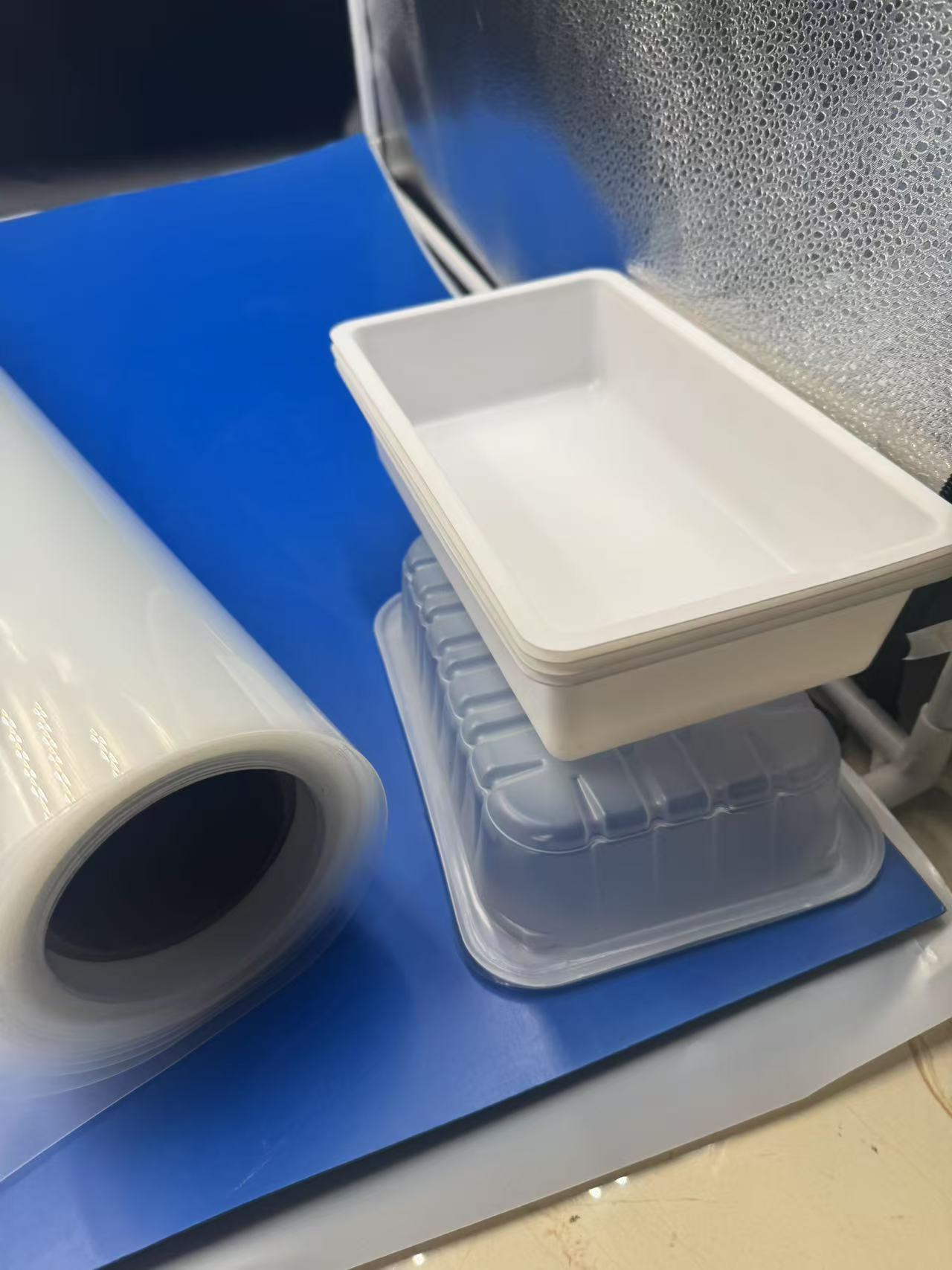
In practice, this could mean a festival vendor opting for PP film blister packs for spoons and forks. The lightweight packaging cuts transport costs, while the recyclable film resonates with environmentally conscious attendees.
5. Scalability for Diverse Needs
The cost-effectiveness and versatility of PP film make it a scalable solution for tableware manufacturers of all sizes. Small businesses entering the market with niche products—like reusable bamboo spoons—can rely on PP film for affordable, high-quality packaging. Meanwhile, large-scale producers of plastic cups can churn out thousands of blister packs, confident that PP film’s durability and low cost will keep operations profitable.

Conclusion
Milky white transparent PP film is a dynamic player in blister packaging for tableware, offering a compelling mix of flexibility, protection, and understated elegance. Its subtle translucency enhances product presentation, its toughness ensures durability, and its cost-effectiveness supports scalability. From disposable forks to reusable trays, PP film adapts to diverse packaging demands, delivering both practicality and a touch of sophistication. As the industry evolves toward efficiency and sustainability, PP film’s role in tableware packaging is set to grow, proving that even a humble material can make a significant impact.
Similar Video Recommendation
You May Also Like
If you are interested in the product, contact Bossgoovideo.com for more information
- *To:
- Shandong Top Leader Plastic Packing CO., LTD
- *Message:
-
Submit
Main Product:
PVC Rigid Film,
PET PETG Rigid Film,
HIPS Film ,
PC Film,
PP Film,
Other plastic packaging products
You May Also Like



















